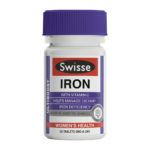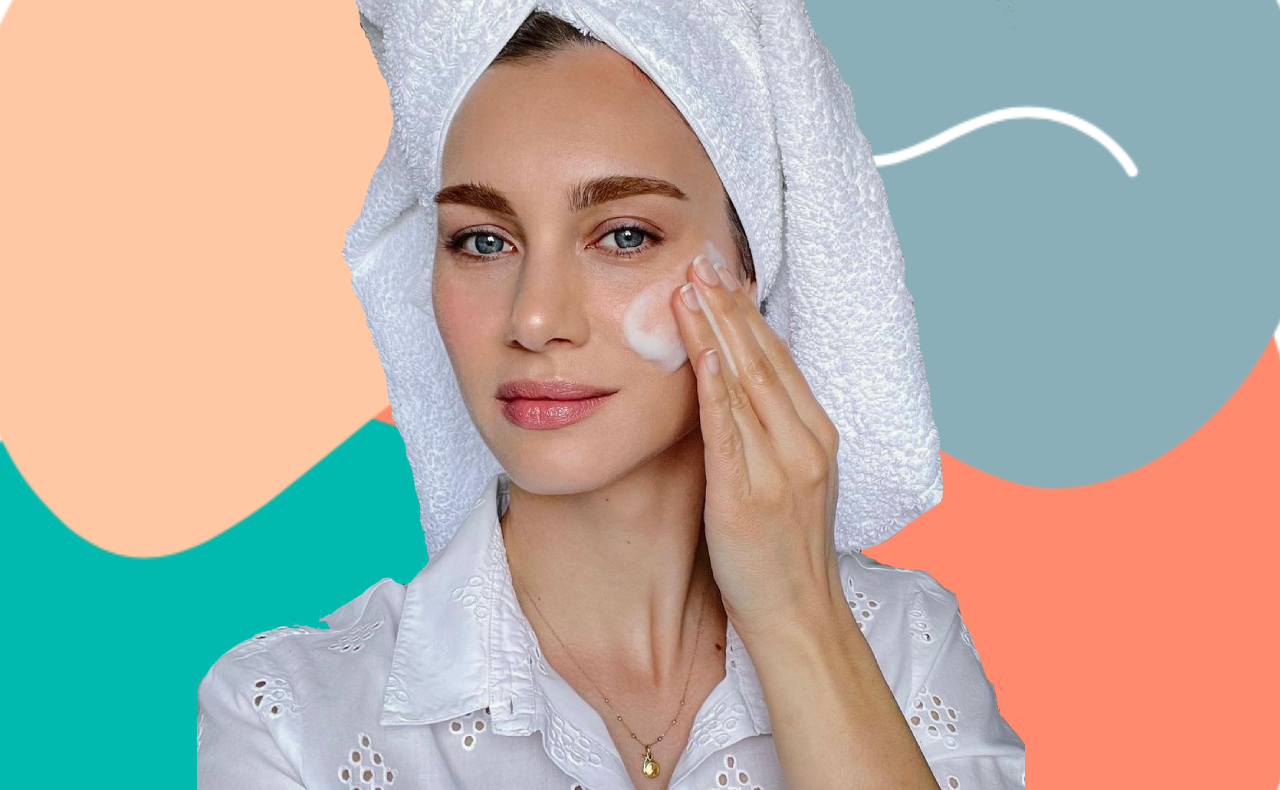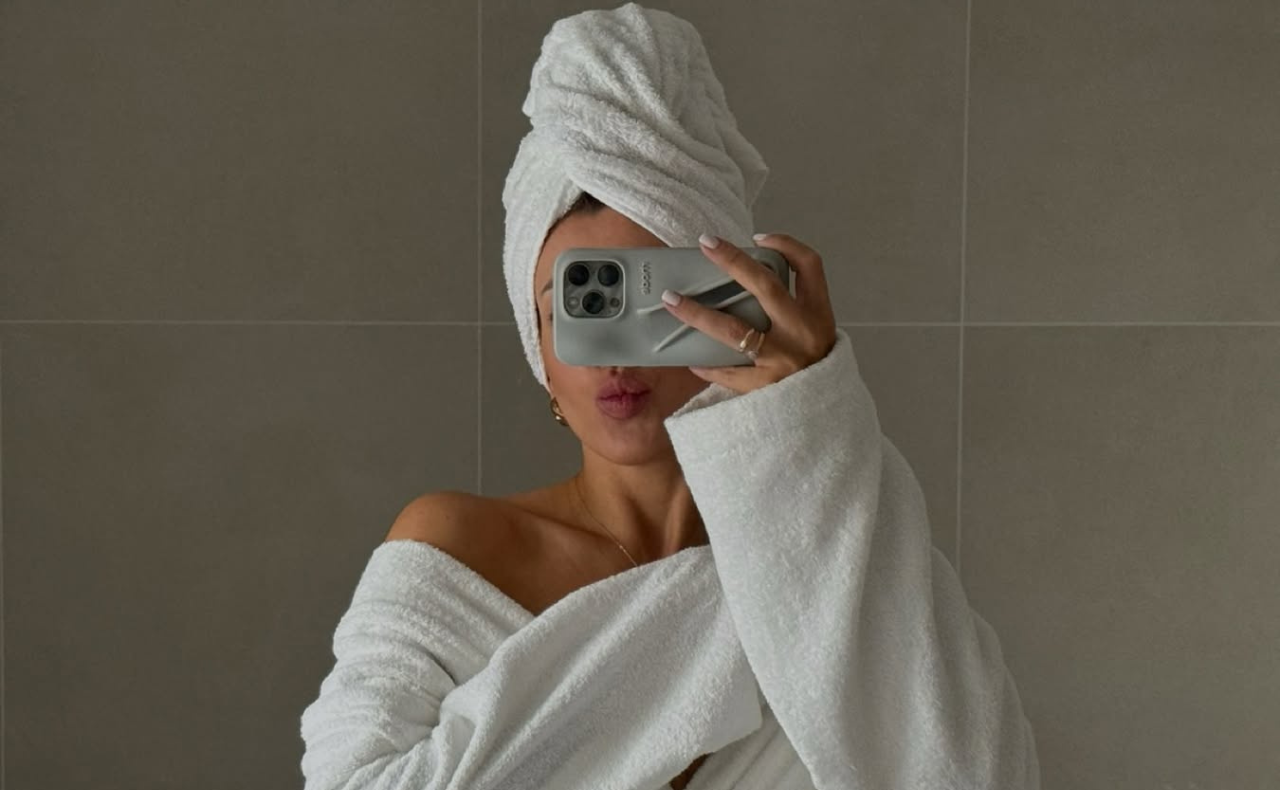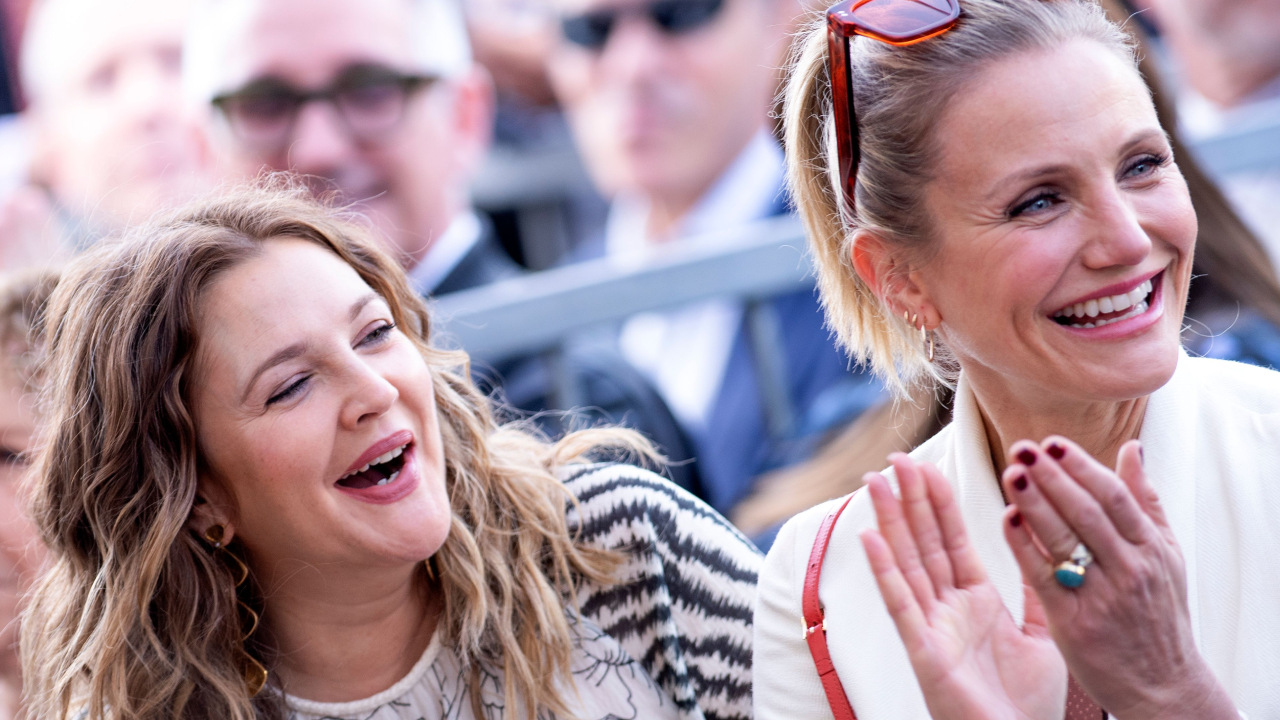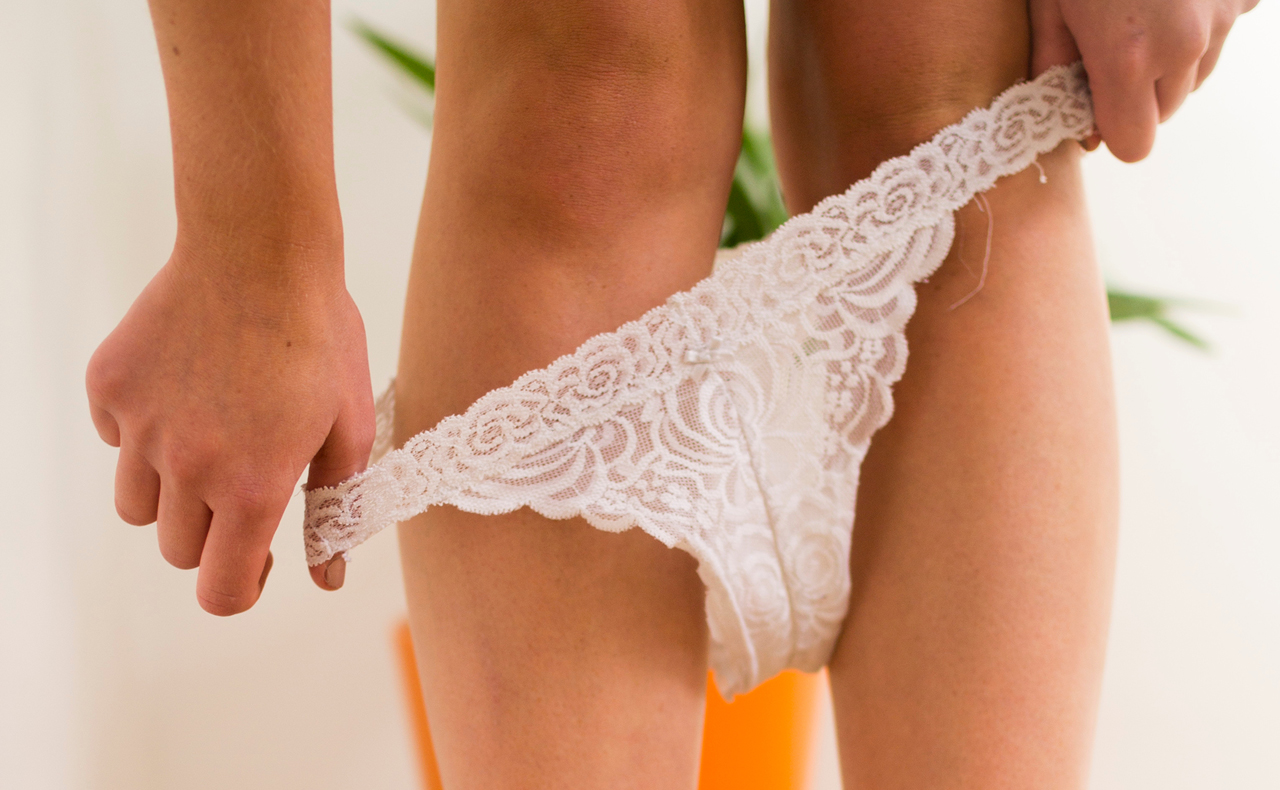HEALTH FACT #1: one in every 10 Australian women aged 25-50 suffers from an iron deficiency (also known as anaemia). That’s 10 per cent of us.
HEALTH FACT #2: 17 per cent of women aged 18-25 suffer from an iron deficiency. That’s a lot of young women lacking in iron.
RELATED: What does your stool say about you?
Suffice to say, we were a little shocked when Caitlin Reid, Accredited Practising Dietician and Accredited Exercise Physiologist from Health & the City, shared this information with us. But what do low iron levels actually mean for our health? We turned to the expert to find out.
Keep scrolling for everything you need to know about the ins and outs of iron, including the causes of iron deficiency in women and the importance of iron-rich foods…
The role of iron in the body
#1: iron is essential in order for our bodies to produce energy from food, and contributes to the reduction of tiredness and fatigue.
#2: iron carries oxygen to the brain and contributes to normal cognitive function (your ability to concentrate and learn).
#3: iron helps to fight infections, as our immune systems dependon iron to work properly.
#4: iron plays a crucial role in supporting the normal growth and development of babies, toddlers and children.
What causes iron deficiencies in women?
Iron deficiencies in young women are most commonly related to either heavy menstrual bleeding, or low intakes of meat, fish and poultry. “Young women often follow restrictive eating patterns where iron-rich foods, such as red meat are avoided,” Caitlin explains.
How much iron do women need?
“The recommended dietary intake for iron in women aged 18-30 years is 18mg/day,” says Caitlin. “For pregnant women, this increases to 27mg/day.” For most of us, this means eating something like 30g of iron-fortified cereal (5mg), a palm-sized steak (4mg), ½ cup flaxseeds (6.2mg), and ½ cup potato with its skin (3.2mg) each day.
Iron-rich foods
“The best way to keep your iron within healthy levels and prevent an iron deficiency is by eating iron-rich foods regularly,” explains Caitlin. “A wide variety of foods contain iron, but foods high in iron are not all absorbed by the body in the same way.” There are two types of iron found in food: haem-iron, which is well-absorbed by the body and found in beef, lamb, offal (such as kidney and liver), pork, chicken and fish; and non-haem iron, which is not well-absorbed by the body and found in iron-fortified breakfast cereals, dark green leafy vegetables, wholemeal pasta and bread, legumes, eggs and nuts. So, keep this in mind when selecting iron-rich foods to add to your daily diet. Also, try to include vitamin C-rich foods (like oranges, strawberries, tomatoes and cauliflower) in your diet, as they help increase your body’s ability to absorb iron.
What if you’re a vegetarian?
If you’re not a meat-eater but need to boost your iron levels, there are lots of non-animal products rich in iron. From dark green vegetables (kale, broccoli, asparagus and spinach), legumes (lima beans, soybeans and kidney beans), dried fruits (prunes, raisins and apricots), and seeds (almonds and brazil nuts), to whole grains (wheat, oats, brown rice) and tofu, there are lots of iron-rich foods vegetarians can add to their diet. Some women may also need to take iron supplements and should speak to their GP or pharmacist about which one to take. beautyheaven recommends Swisse Ultiboost Iron and Blackmores Bio Iron Advance ($13.49, chemistwarehouse.com.au).
TIP: avoid drinking tea, coffee and cola drinks with your meals as these can affect your body’s iron absorption. Instead, enjoy these drinks between meals.
Loved Caitlin Reid’s insights into iron deficiencies? Check out her website Heath and the City for more health tips and tricks.
Have you suffered from an iron deficiency? Did you know how important iron is for the body? Will you be eating more iron-rich foods from now on?

